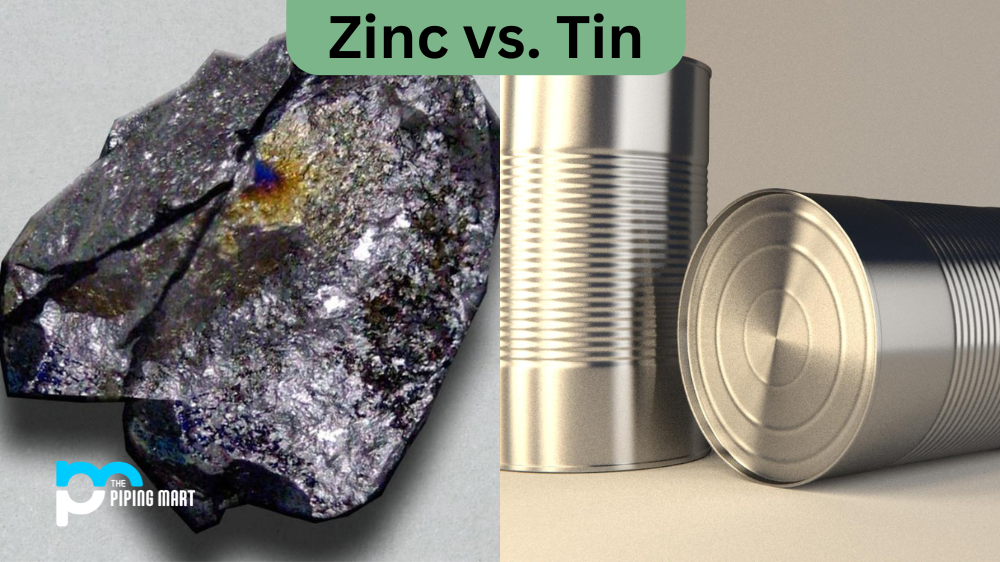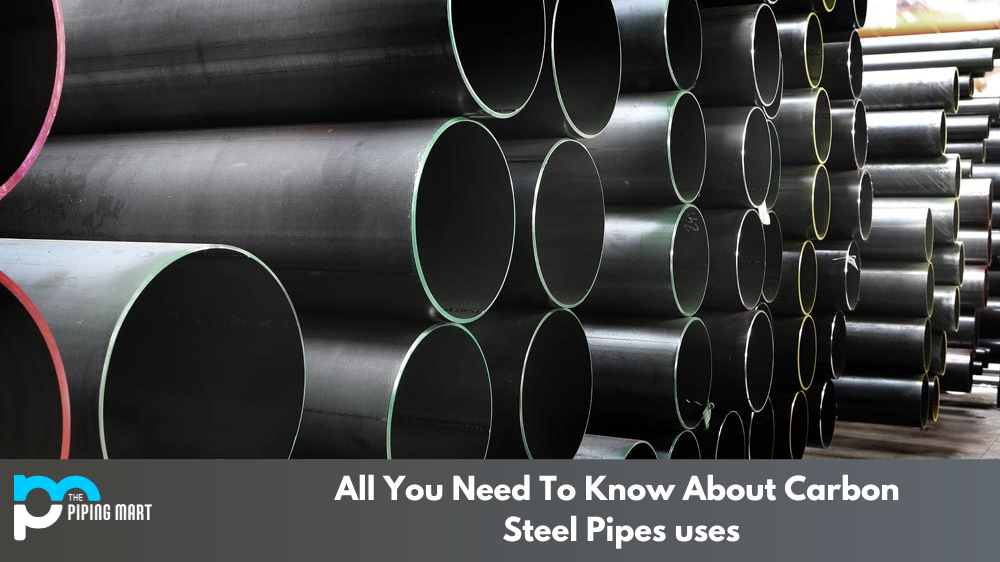As the world of materials continues to evolve, a wide variety of metals are used for various purposes in industry. One comparison that often comes up is that of zinc and tin. It can be difficult to understand the difference between these two metals, so let’s take a look at what sets zinc and tin apart from each other.
Uses of Zinc and Tin
Zinc is mainly used as an alloying agent in making brass, bronze, aluminum, and steel. It is also used to make die-casting alloys, galvanizing alloys, solders, and other metal products. Zinc is also widely used in the chemical industry due to its ability to react with other substances. It can be found in batteries, pigments, paints, ointments, rubber compounds, and more.
Tin is primarily used in the production of solder wire and sheet metal products such as food cans. It is also widely utilized in the electronics industry for circuit board assembly and soldering components together on printed circuit boards (PCBs). Additionally, tin is an important component for alloys such as bronze and pewter.
Differences between Zinc and Tin
The main difference between zinc and tin lies in their properties. While both metals are non-ferrous (meaning they contain no iron), tin has a much lower melting point than zinc—at only 232 degrees Celsius compared to 419 degrees Celsius for zinc. This means that tin can be melted faster than zinc which makes it easier to use when welding or soldering parts together quickly. In addition, tin has a higher electrical conductivity than zinc which makes it more suitable for applications where electrical current needs to flow through material quickly without too much resistance or heat buildup. Lastly, tin has better corrosion resistance than zinc—which helps protect it from rusting or corroding over time when exposed to water or air-borne pollutants like sulfur dioxide or nitrogen oxides.
- Zinc is a mineral that is essential for human health. It can be found in a variety of foods, including meat, seafood, nuts, and seeds. Zinc is important for several functions in the body, including immunity, growth and development, and wound healing.
- Tin is a metal that has a long history of use in a variety of applications. It is most commonly used as an alloy with other metals to create tin cans, but it has also been used in coins, jewelry, and as a protective coating for other metals.
- Zinc and tin are both elementsthat are found on the periodic table. They are both transition metals and have similar physical and chemical properties.
- The main difference between zinc and tin is that zinc is essential for human health while tin is not. Additionally, zinc is found in food while tin is not.
Conclusion:
Ultimately, there is no one-size-fits-all answer when it comes to deciding between using zinc or tin for an application; both have their own distinct advantages depending on what you need them for! The best way to decide which one will work best for your particular project is by understanding the differences between them – their properties (melting points etc.), uses (soldering/welding vs. corrosion protection, etc.), cost, etc., so you can make an informed decision on which one will work best given your specific requirements! So if you’re ever wondering whether you should use zinc vs. tin – now you know everything you need to help make the right choice!
Sakshee is a talented blogger, with a particular focus on the Business and Metal Industry. She is passionate about sharing her insights on various metal products and helping professionals to make a better decisions.




